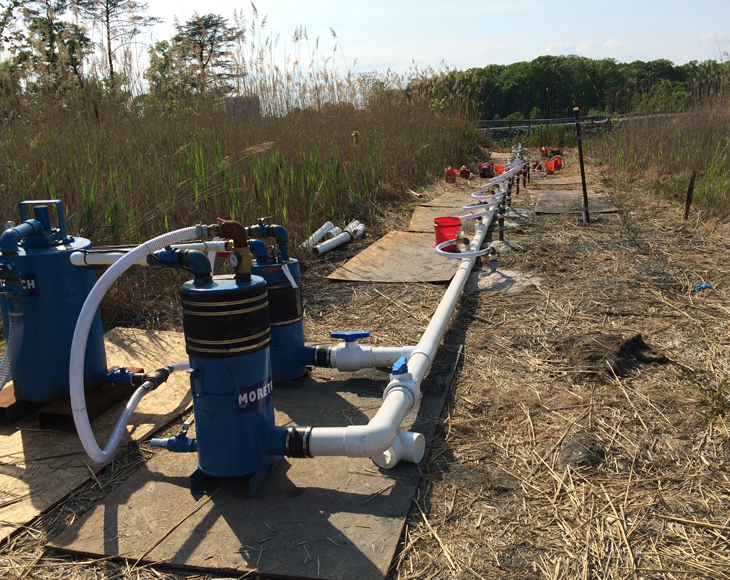Dewatering can be described as the removal of any form of liquid from a sludge slurry. There are several methods and techniques that you can use for dewatering. In this piece, three popular techniques will be discussed. They include a centrifuge, plate and frame filter press and the belt press method. These methods can be used in power plants, wastewater treatment plants, drinking water facilities and refineries among many others. The primary purpose of these dewatering techniques is to reduce the volume of sludge.
There is a Method for You
Even though there are several conditions and factors that determine the type of method to be chosen, you will always get the method that precisely address your dewatering conditions. One of the three dewatering methods discussed below will be useful for you.
-
Centrifuge
A centrifuge is a device that uses high rotational speed to separate components that have different densities. The principle of this method is based on buoyancy. The concept is that a component that has a higher density will fall to the bottom of a mixture. However, the component with the lesser density will be suspended above the mixture. Centrifuges normally produce about 25% to 35% solids by weight.
The major advantage of the centrifuge lies within the speed of the process. Generally, this method is reserved for areas where oil recovery is the major priority. Therefore the centrifuges are also referred to as oil centrifuges. The quality of the residual solids is less important; the primary concern is the oil. Aside from oil recovery, other benefits that you can get from this method of dewatering include the following:
- Municipal Wastewater treatment sludge dewatering; and
- Heavy Oil Sludge Dewatering
-
Belt Filter Press
This method is often used when high moisture content is allowed in the filter cake. The belt filter press produces about 18% to 25% solids by weight. This method is a continual action, and it is very effective on waste streams with high volume. These are streams that accept a large production of the low-quality filter cake. The process is widely used in municipal wastewater treatment plants. Belt filter press method also has additional applications. They include the following:
- River silt
- Paper mill sludge
- Municipal Wastewater Treatment Sludge
-
Plate and Frame Filter Press
This technique of industrial dewatering makes use of recessed-chamber filter plates. The plates are used to separate the liquids from solids. There are two plates being joined together to form a chamber to squeeze the filtrate out and pressurise the slurry through the filter cloth. This filter cloth is already lining in the chambers. After this, the filter cake is collected on the surface the cloths and placed on the horizontal conveyor. The filter press is highly efficient and can produce filter cake that ranges from 40% and 70% solids by weight. The method is also beneficial because it allows you to produce the maximum content of solid material that equates to cost-effective transportation and disposal. Other benefits you will get by using this process include the following:
- No special licensing is needed for you to operate the machine
- Useful for API separator sludge
- Useful for Biological sludge
- Produces stackable, cake-like solids that cost less to transport and dispose
Deciding on Which Method to Use
Dewatering is an activity that must be carried out in every town or city with a power plant, wastewater treatment plant, drinking water facility or refinery. To select the right process, you need to understand different factors such as the materials involved and the primary reason for the project.
Read Also:




